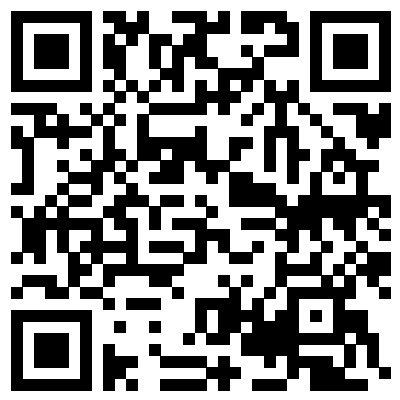Ensuring the integrity of seamless pipes is crucial in various industries, and ultrasonic testing (UT) is a reliable method for detecting internal defects. Here’s a comprehensive guide on how to effectively use ultrasonic testing for this purpose.
Understanding the Principle
Ultrasonic Testing Technology: Ultrasonic testing relies on the transmission and reflection properties of sound waves within the material. When these waves encounter defects such as cracks or inclusions, they reflect back, allowing the detection equipment to identify and locate the imperfections.
Testing Methods
Shear Wave Reflection Method:
- Procedure: The probe and the pipe move relative to each other, ensuring the sound beam scans the entire surface of the pipe.
- Defect Detection:
- Longitudinal Defects: For these, the sound beam travels circumferentially within the pipe wall.
- Transverse Defects: Here, the beam travels along the axis of the pipe.
- Bidirectional Inspection: Both longitudinal and transverse defects should be inspected from opposite directions to ensure comprehensive coverage.
Contact Method for Small-Diameter Pipes:
- Probe Selection: Small-diameter pipes have significant curvature, which can cause poor coupling and beam dispersion with conventional probes. Using curved surface probes or contact-focused probes can enhance sensitivity.
Key Testing Parameters
Probe Selection:
- Angle Probes: These should fit well with the surface of the workpiece, with the length or diameter of the piezoelectric element not exceeding 25mm.
- Frequency Range: Typically, a frequency range of 2.5 to 5.0 MHz is chosen for the probes.
Coupling Medium:
- Whether using automatic or manual inspection, the coupling medium should provide good acoustic transmission without damaging the pipe surface.
Step-by-Step Procedure
Preparation:
- Select appropriate ultrasonic testing equipment and probes. Ensure the coupling medium is ready.
Testing Operation:
- Position the probe on the pipe’s surface and begin the inspection.
- Adjust the probe’s position and angle as needed to ensure complete coverage of the pipe.
- Monitor the ultrasonic tester’s display screen and record the location and intensity of any reflected waves.
Data Analysis:
- Analyze the reflected wave data to determine if there are any internal defects in the pipe.
- Conduct multiple inspections if necessary to confirm the accuracy of the results.
Determining Results
Based on the ultrasonic tester’s display and data analysis, you can determine the presence, type, location, and size of any internal defects. By following these steps and considerations, you can effectively use ultrasonic testing technology to detect internal defects in seamless pipes, ensuring their quality and safety.
Ultrasonic testing is a powerful tool in the quality control process for seamless pipes. Understanding its principles, methods, parameters, and operational steps will help you reliably identify internal defects, enhancing the safety and reliability of the pipes used in your projects.
- American Society for Nondestructive Testing (ASNT):
- ASNT provides comprehensive resources on various nondestructive testing methods, including ultrasonic testing. You can explore their resources and standards for more detailed information.
- ASNT Ultrasonic Testing
- NDT Resource Center:
- This website offers educational material and technical details on nondestructive testing, including ultrasonic inspection methods, principles, and applications.
- NDT Resource Center: Ultrasonic Testing
- International Atomic Energy Agency (IAEA):
- The IAEA provides guidelines and resources on nondestructive testing methods, including ultrasonic testing for various industrial applications.
- IAEA Nondestructive Testing
- Inspectioneering:
- This platform offers insights and technical articles on various inspection methods, including the use of ultrasonic testing in detecting defects in pipes and other structures.
- Inspectioneering: Ultrasonic Testing
- Materials Evaluation Journal:
- This journal publishes research and articles on materials testing and evaluation, including ultrasonic testing methods and case studies.
- Materials Evaluation Journal
- ASTM International:
- ASTM provides standards and publications related to ultrasonic testing, which are essential for understanding the technical requirements and procedures.
- ASTM Standards on Ultrasonic Testing



